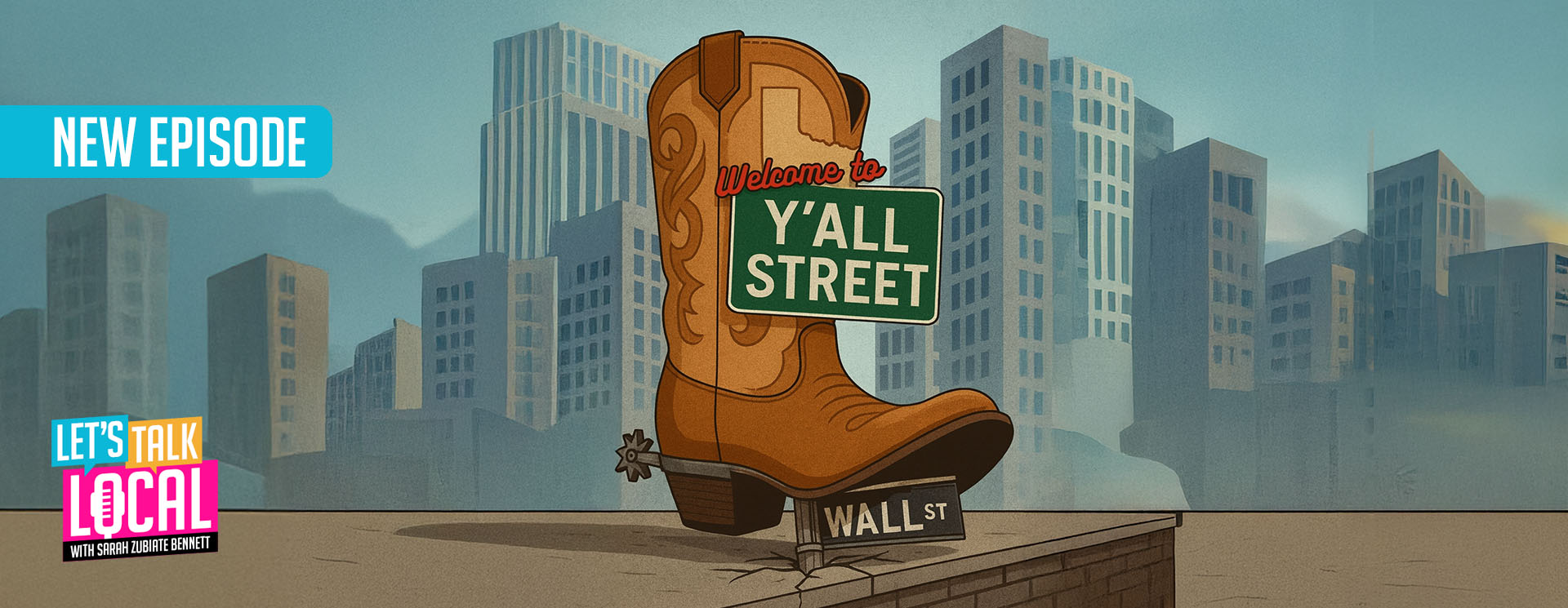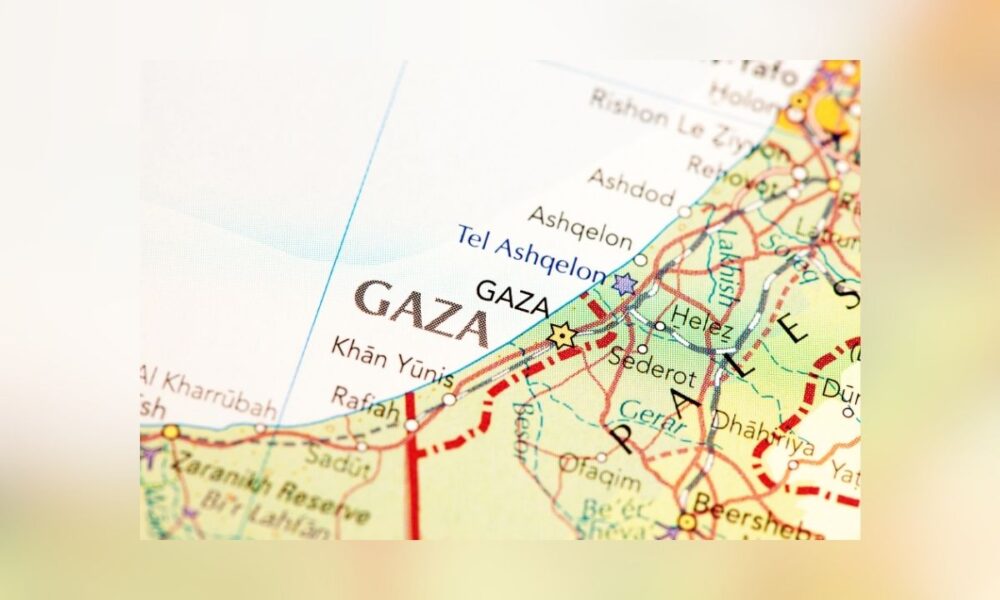A ceasefire between Israel and Hamas went into effect on Friday, marking the first phase of a broader peace plan announced by President Donald Trump after months of negotiations and international pressure.
As previously reported by The Dallas Express, this peace plan represents a crucial early step in the president’s broader plan, though significant challenges remain ahead before a permanent resolution to the conflict can be achieved.
The agreement, which reportedly includes the release of 20 living hostages and the remains of 28 others in exchange for hundreds of Palestinian prisoners, was reached after Israeli officials approved the framework for ending hostilities in Gaza and is now expected to bring a temporary halt to the ongoing conflict.
The Israel Defense Forces confirmed that troop movements were already underway ahead of the ceasefire, with units repositioning to an agreed “yellow line” inside Gaza as part of the first phase of withdrawal.
“IDF troops began positioning themselves along the updated deployment lines in preparation for the ceasefire agreement and the return of hostages,” the military said in a statement.
“IDF troops in the Southern Command are deployed in the area and will continue to remove any immediate threat.”
Meanwhile, Special Envoy Steve Witkoff, who played a key role in moving this deal across the finish line, posted on social media to confirm that the first phase of this deal is now underway.
“CENTCOM has confirmed that the Israeli Defense Forces completed the first phase withdrawal to the yellow line at 12PM local time. The 72 hour period to release the hostages has begun,” he wrote.
Leaders from Hamas have also confirmed the terms of the agreement and announced their commitment to this historic plan.
“We declare today that we have reached an agreement to end the war and the aggression against our people,” said Khalil al-Hayya, a senior Hamas official and lead negotiator, according to PBS.
Shortly after the confirmation of this peace plan, many displaced Gazans began heading back toward their neighborhoods in their home city.
The return is part of the agreement’s first phase, which allows civilians limited safe passage into zones under ceasefire protection, according to Reuters.
Israeli Prime Minister Benjamin Netanyahu confirmed that troops would remain in Gaza to ensure Hamas was disarmed following the peace agreement, stating that this process would happen one way or another.
“If this is achieved the easy way, then that will be good, and if not, then it will be achieved the hard way,” he said, per Reuters.
The United States has also announced the deployment of roughly 200 troops to Israel — not into Gaza — to support implementation of the ceasefire and humanitarian logistics, according to the Associated Press.
Meanwhile, the United Nations and UNICEF said they are preparing to scale up the delivery of food, water, and medical aid across Gaza over the next several weeks, warning that child mortality could spike if border crossings remain restricted.
Although this could take some time, the expectation is that medical aid, food, water, and other necessities will be provided to those in the city as border crossings begin to open.


